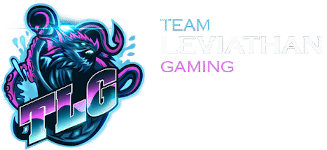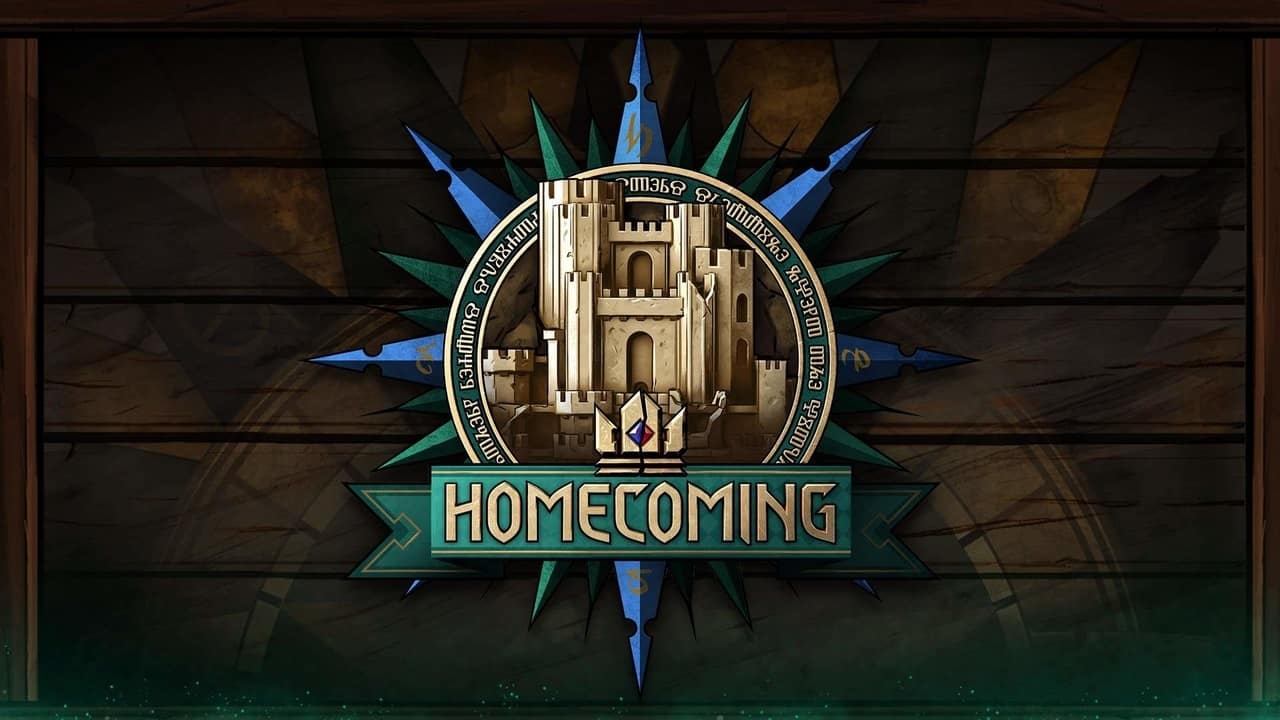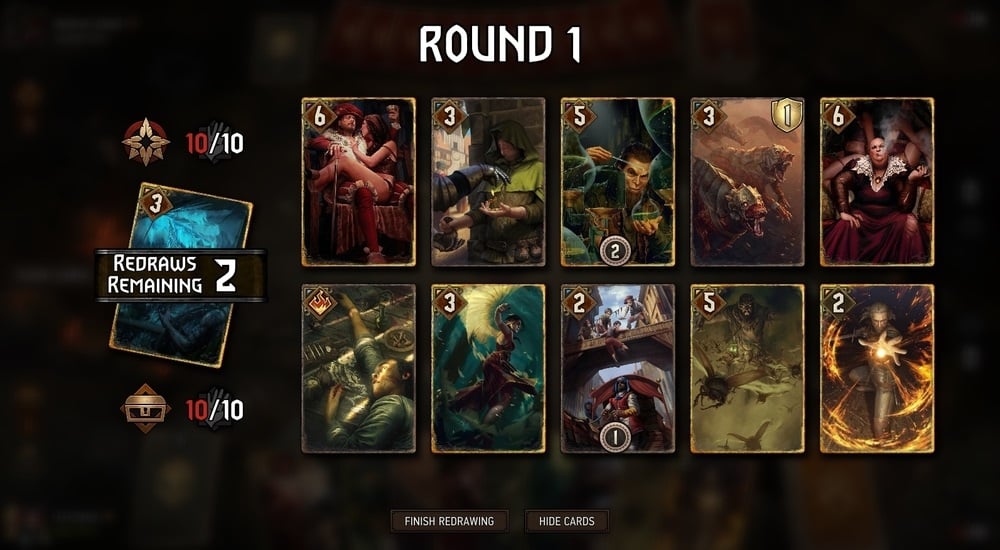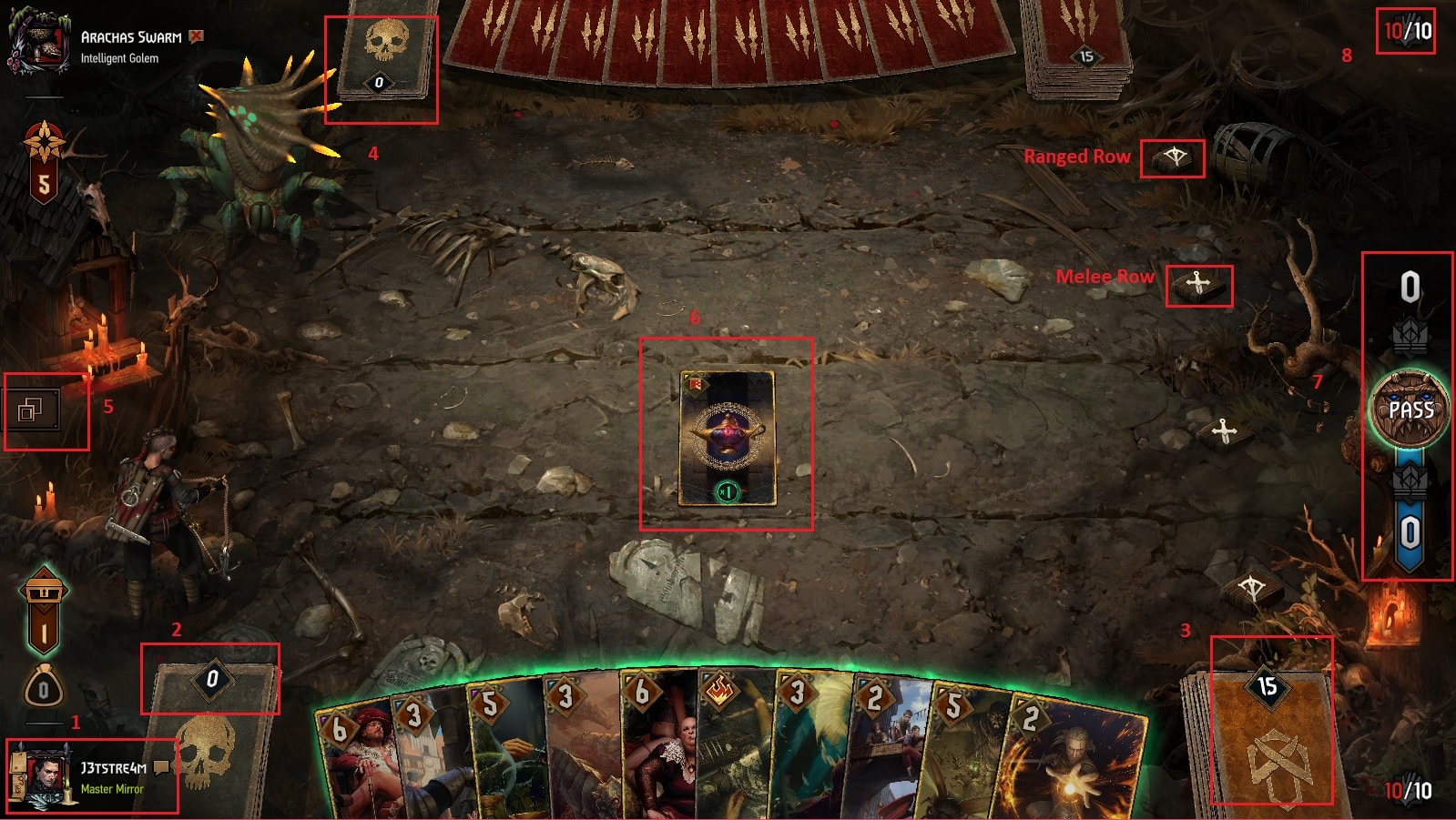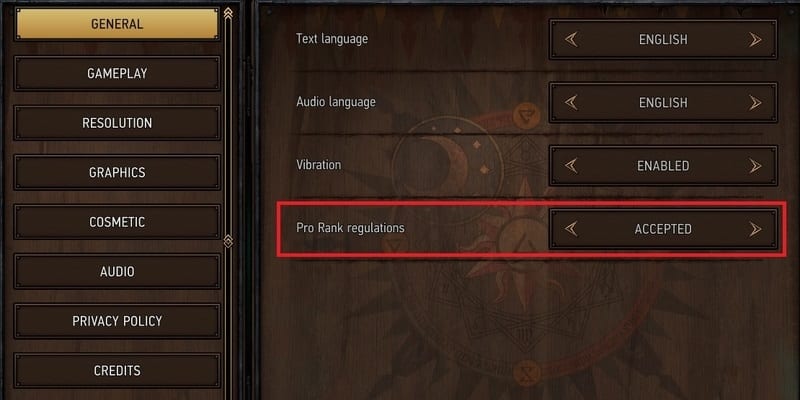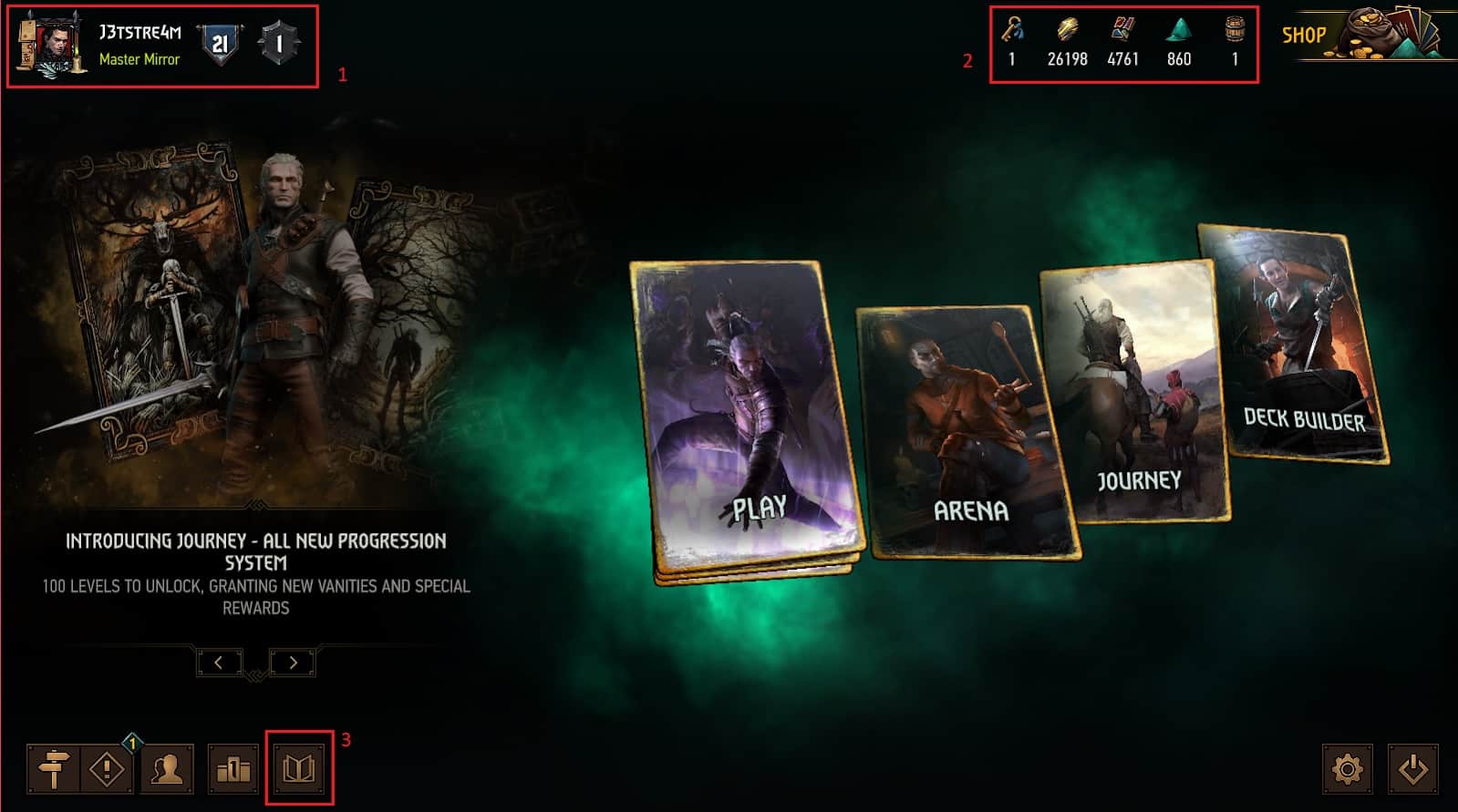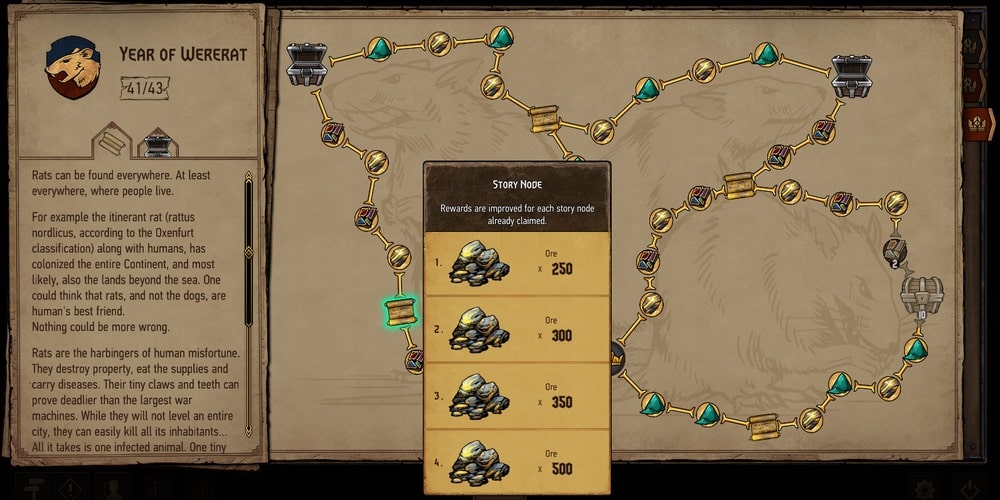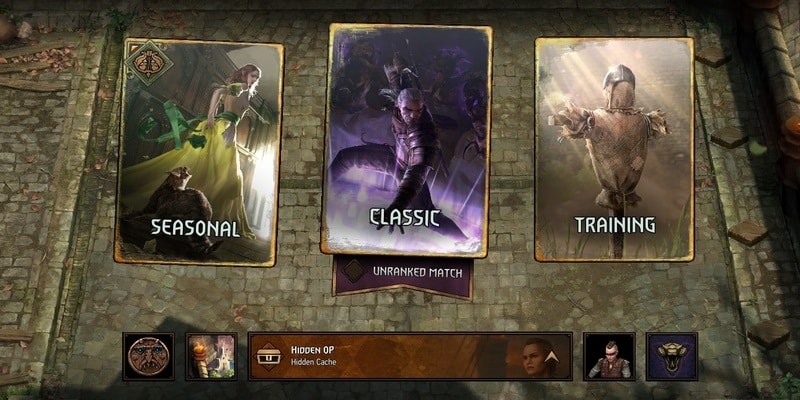Whether the Midwinter patch was the last straw for you, or you swore you would never play Gwent after Homecoming, but the Android release has dragged you back, it doesn’t matter anymore. What matters is that you’re back and we’re totally not judging you for it.
If you have no idea about what’s going on with Gwent, then you’ve come to the right place. I am Minuano, and I hereby cordially invite you to accompany me as I go over (hopefully) everything that’s changed since Open Beta.
Table of Contents
Deck building changes
-
- The cards from your old collection are milled for full value, you will also have received additional scraps for your premium cards which should explain the immense amount of scraps you should be having.
-
- The leader abilities are completely reworked, make sure to check them all out before attempting to build a deck. There’s also a whole new faction called Syndicate, so make sure to check that out as well. The faction is regarded as the hardest to pilot and hence not for the faint of heart.
-
- The old restrictions (4 gold, 6 silvers, and bronzes) are gone, you are now given a total of 150 provisions, to which the provisions from your leader ability of choice (signified by the number next them) are added.
-
- The new deckbuilding restriction is to not surpass the total amount of allowed provisions. For example, let's say you choose Overwhelming Hunger as your ability, which will give you +13 provisions for a total of 163 provisions. Your deck needs to have at least 13 units and 25 cards.
-
- During Open Beta, the player who went first was at a disadvantage and everyone complained about the coinflip. Initially, Tactical Advantage was given to the player on Blue coin. Now, you can change your Stratagem to any of the available options.
-
- Each faction has access to 7 Neutral Stratagems (Tactical Advantage, Basilisk Venom, Crystal Skull, Enchanted Armor, Cursed Scroll, Ceremonial Dagger, Magic Lamp) and one faction Stratagem that can exclusively be used by its respective faction, e.g. Urn of Shadows for MO. More on Stratagems here.
-
- There is a new card type called Artifact. These cards have no power value attached to them, but they still occupy space on the board as opposed to Special cards. Tainted Ale is an example of an Artifact card.
-
- Before you dig in, you should know that there are a TON of new mechanics. We have Gwent keywords and jargon covered in our Gwent Glossary with examples, so be sure to check that out if you’re stuck somewhere.
Gameplay changes
-
- The number of rows on each side has been reduced to 2 down from 3. The reason stated by CDPR for this change being that they wanted to give more identity and meaning to row-locked cards, so that it creates a more complex environment while playing.
-
- Once you start a game of Gwent, you will draw 10 cards from your deck and then you will be given the choice to mulligan some cards from your hand. You will be granted 3 mulligans on Blue coin and 2 mulligans on Red coin. Blacklisting does NOT exist anymore.
-
- You can see an example of an opening hand with 2 mulligans left on Blue coin in the following picture:
-
- At the start of Rounds 2 and 3, players will draw 3 cards and will then be granted the option to mulligan 2 cards. The dry-pass Round 1 strategy is completely null and void, as you will not retain your card advantage.
-
- Remember that the maximum hand size is now 10 cards, therefore at the start of Rounds 2 and 3, if you cannot draw 3 cards, excess cards drawn will turn into additional mulligans. For example, if at the start of a round you have 8 cards and your opponent has 7, they will draw 3 cards and have 2 mulligans, while you will draw 2 cards and have 3 mulligans instead.
Ingame board
1. This your avatar, your username and your chosen title, which you can equip in the trinkets tab in your profile page.
2. This is your graveyard, which you can now view to see the contents of by right clicking on it.
3. This is your remaining deck, you can now view the remaining cards in your deck by right-clicking on it.
4. This is your opponent’s graveyard, whose content, similar to your own, you can see by right-clicking it.
5. This is the combat log, which shows every card (or chain of cards) played by either player.
6. This is the Stratagem. I’m using Magic Lamp, which will turn into a 5 power Lamp Djinn when I flip it.
7. Here you can see the total amount of points and the number of rounds won by each player.
8. This is the number of cards in each hand at the moment.
Ranked changes
There are 31 ranks with Pro Rank being at the very top, which you might recall as Grandmaster from Beta. Once you enter a rank, you cannot derank anymore, regardless of the number of games you lose on that rank. You can learn more about the ranked system progression in this detailed article.
Make sure to accept the Pro Rank regulations. If you win your promotion game from Rank 1 to Pro Rank without having accepted the regulations, you will NOT enter Pro Rank. Go to the General options, as displayed in the picture below:
Interface changes
1. This is where a short description of your profile is displayed. At the left-most side, you can see your avatar, username, and title followed by your level adorned by a banner that signifies your Prestige level and finally, your current rank.
If you click on it, you will be taken to your profile page, where you have access to more in-detail information about your account and Contracts. The ranked system has undergone some changes, read here.
2. Your resources are shown here. From left to right respectively are your, Reward Points, Ores, Scraps, Meteorite Powder and finally your unopened Kegs.
3. Here’s the Reward Book. This is where you can spend the Reward Points that you gain from Contracts and daily quests. Contracts are basically a set of specific tasks that will reward you with cosmetics and Reward Points upon completion.
Feel free to explore the Reward Book and see where you would like to spend your Reward Points. If you’re a returning player from Beta, you should have enough scraps to craft every card, so don’t worry about min-maxing your rewards.
As a general rule of thumb, taking the shortest path towards Story Nodes is the most effective use of Reward Points.
You can find more on Reward Point efficiency here.
In the middle section, you can choose between Play and Arena game modes and check your Journey progress. Journey is essentially a Battle Pass for Gwent, where you are gradually rewarded with cosmetics and resources by accumulating XP.
More information on the Journey system can be found here and our review including a custom Journey calculator here.
Once you hit Play, you’ll see this:
-
- At the left-most side, you can play Seasonal mode, where every month you will be able experience a new set of exciting rules. For example, April is the Season of the Elves, where the rule set is that “Whenever you play a unit from your hand, play a unit with the same provision cost from your deck. Your starting deck is doubled in size at the start of the match.”
-
- Then we have the good old Classic mode in the middle. If you want to play in Casual mode, you will have to check the Unranked Match checkbox under Classic. Remember, you cannot play the Casual mode until you hit rank 25, so don’t freak out if you can’t see it yet!
-
- In the bottom part, you can choose your deck deck and then to the left and right of your chosen deck, you can choose the cosmetics which you will unlock from the Shop, the Reward Book and the Journey.
-
- And lastly, on the far right is the revered Training mode with our beloved AI, the Intelligent Golem that always plays Arachas Swarm and intentionally plays poorly. Use this if you want to see how a deck works and definitely not as an indication of whether or not your deck is viable.
Final words
That should cover everything that’s changed since you went out to get a pack of cigarettes. If you want to see the meta decks, you can check out our report here.
We covered all the bases for scrapping and crafting guides in addition to Gwent Glossary and video guides for beginners, which should ease the relearning process for returning players. You can find Gwent Training Grounds here.
It’s been a long read, but hopefully, it was worth your time. Good luck and see you on the Path! -Minuano
